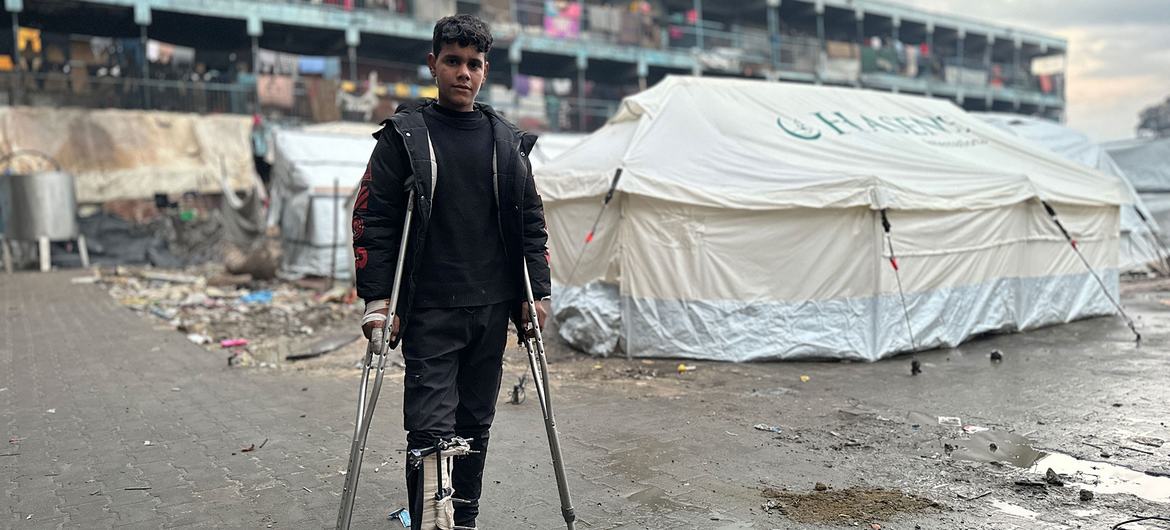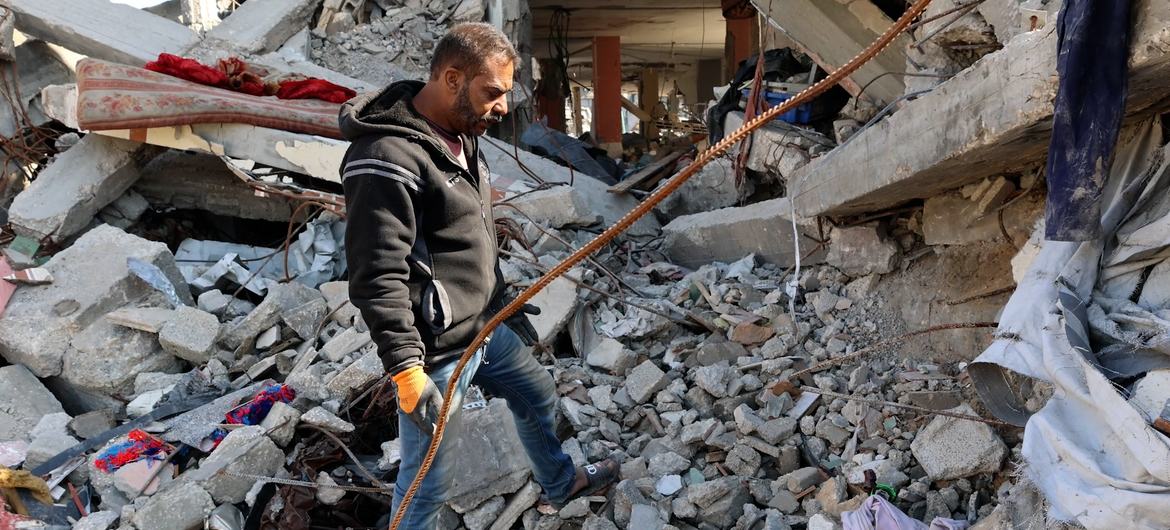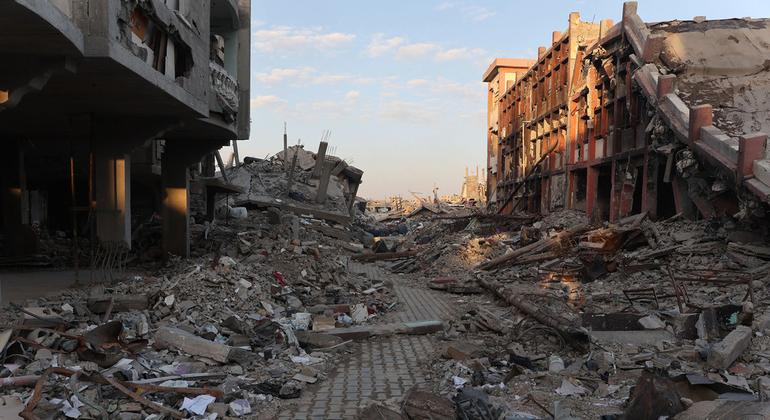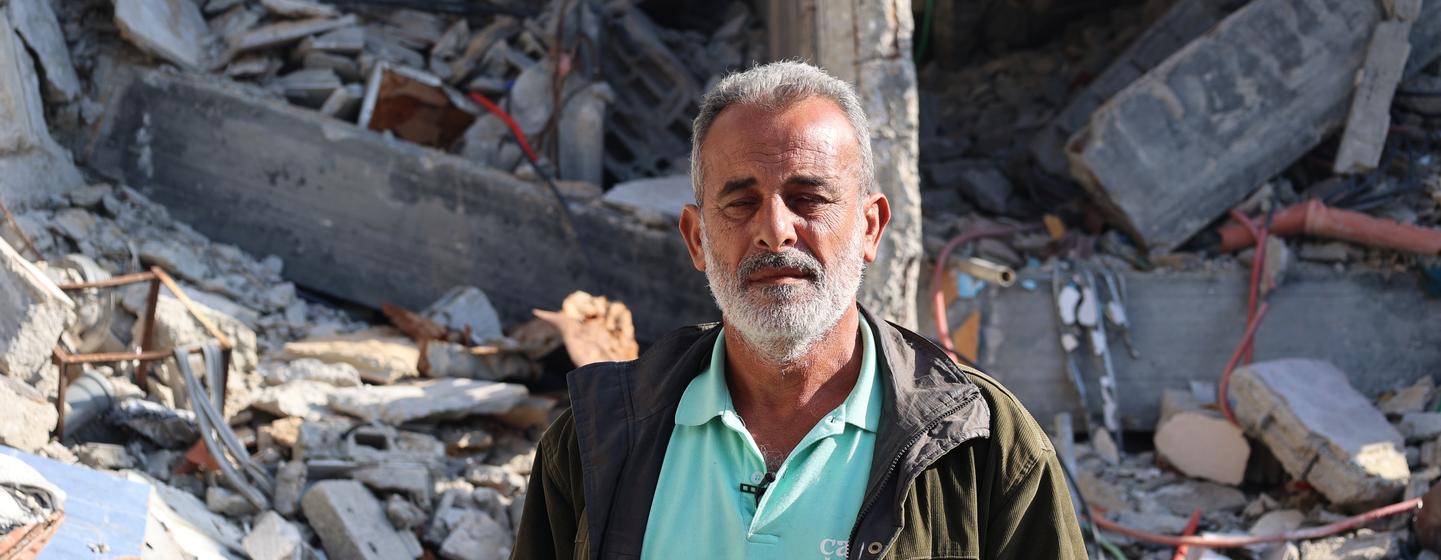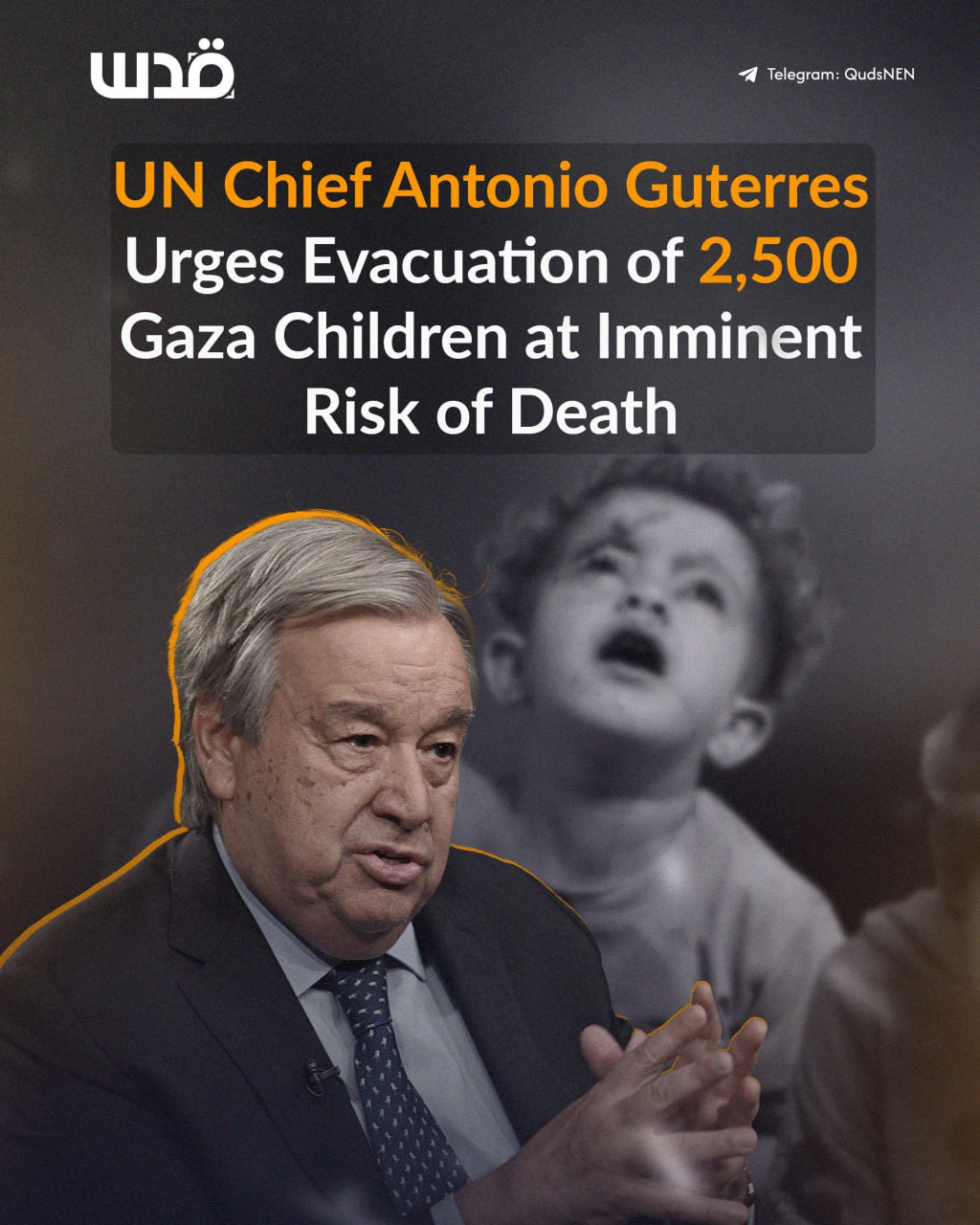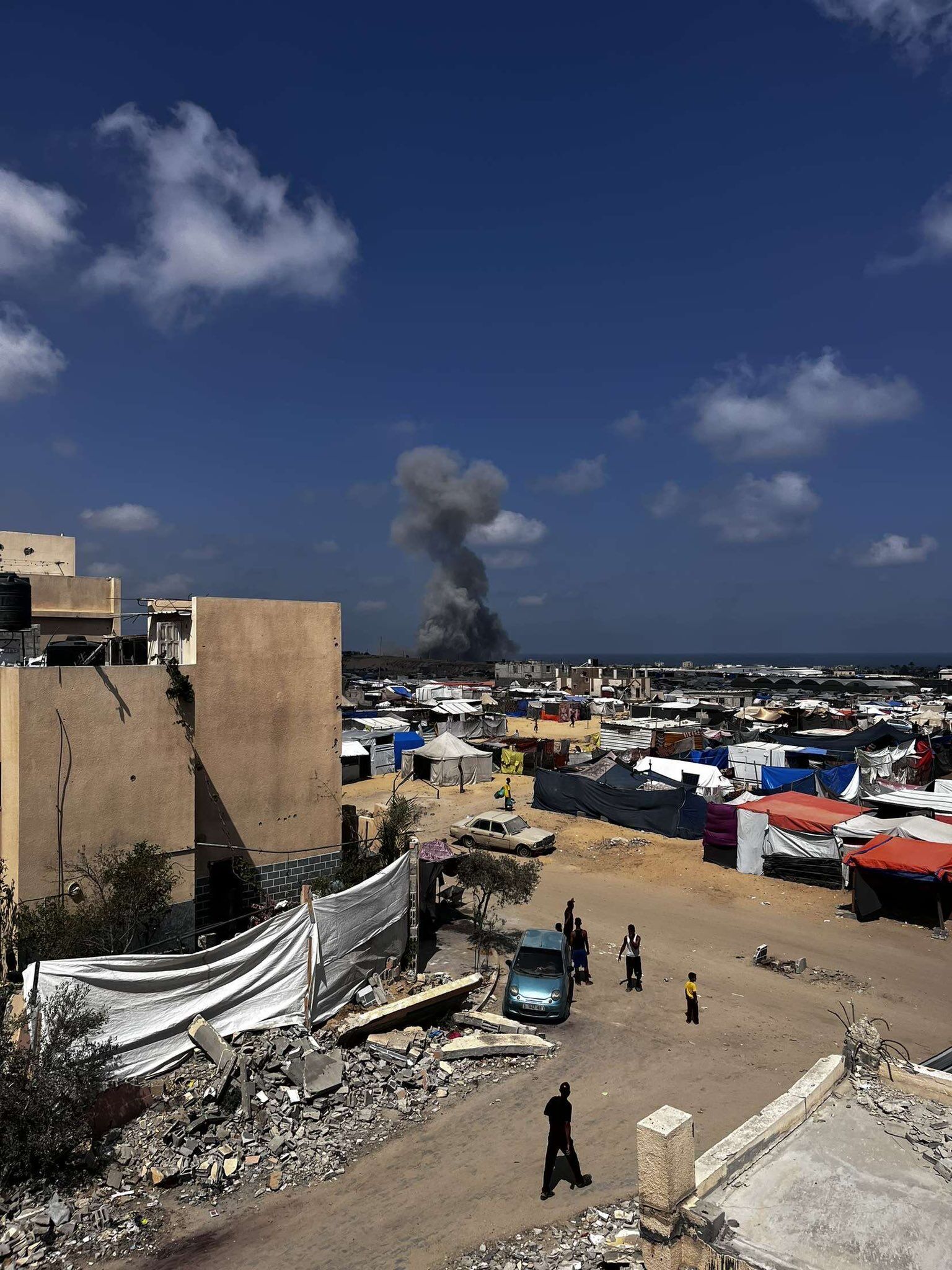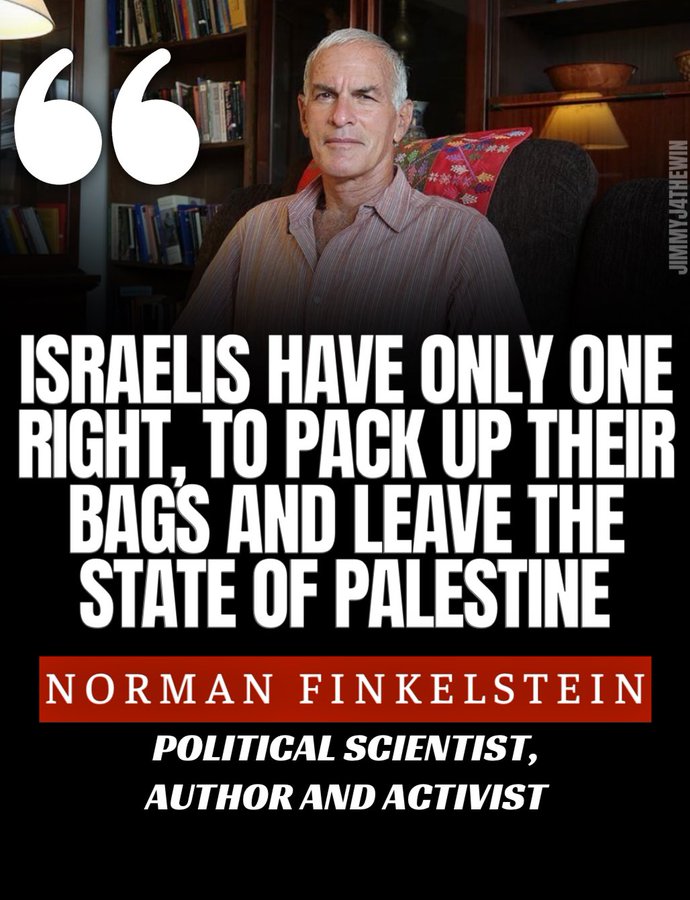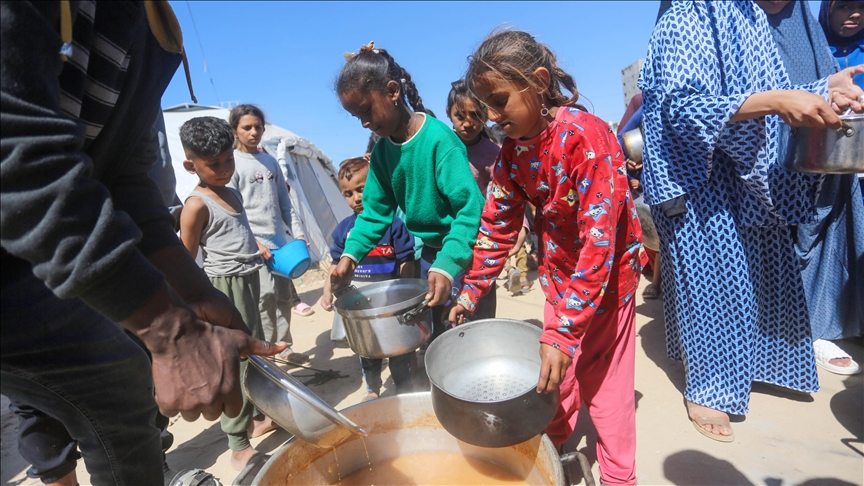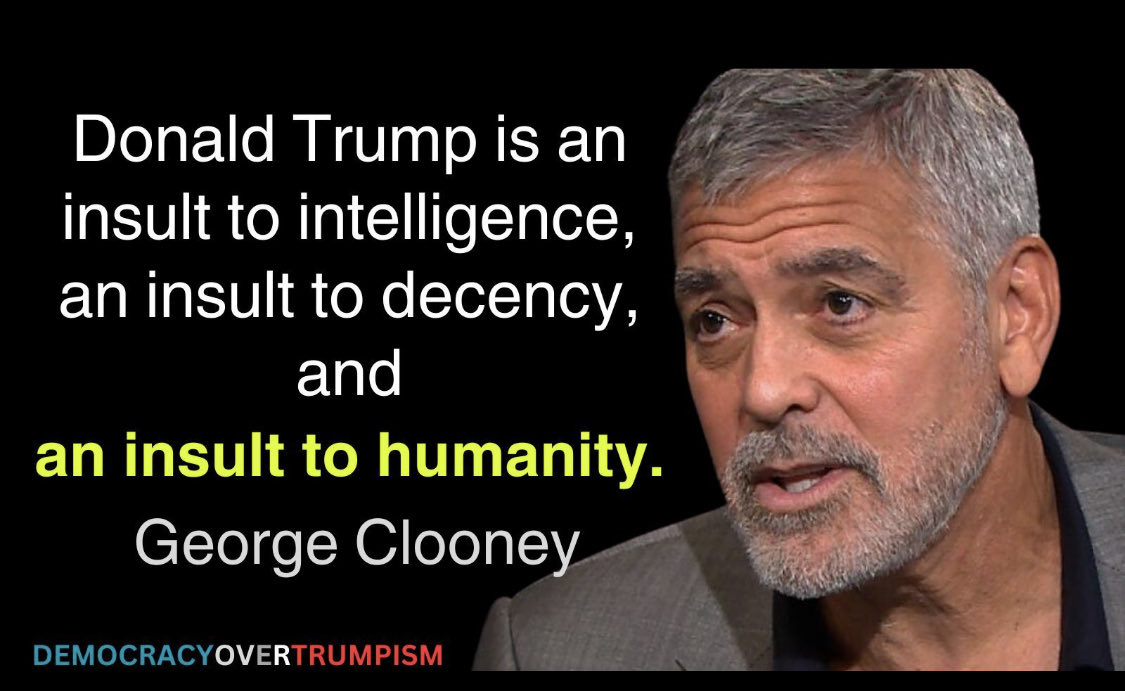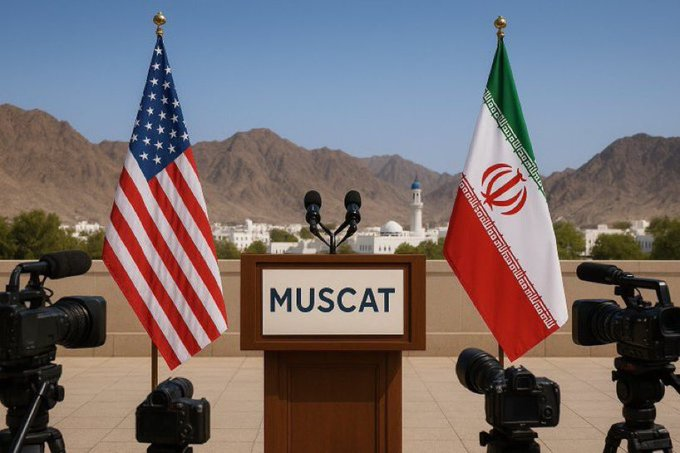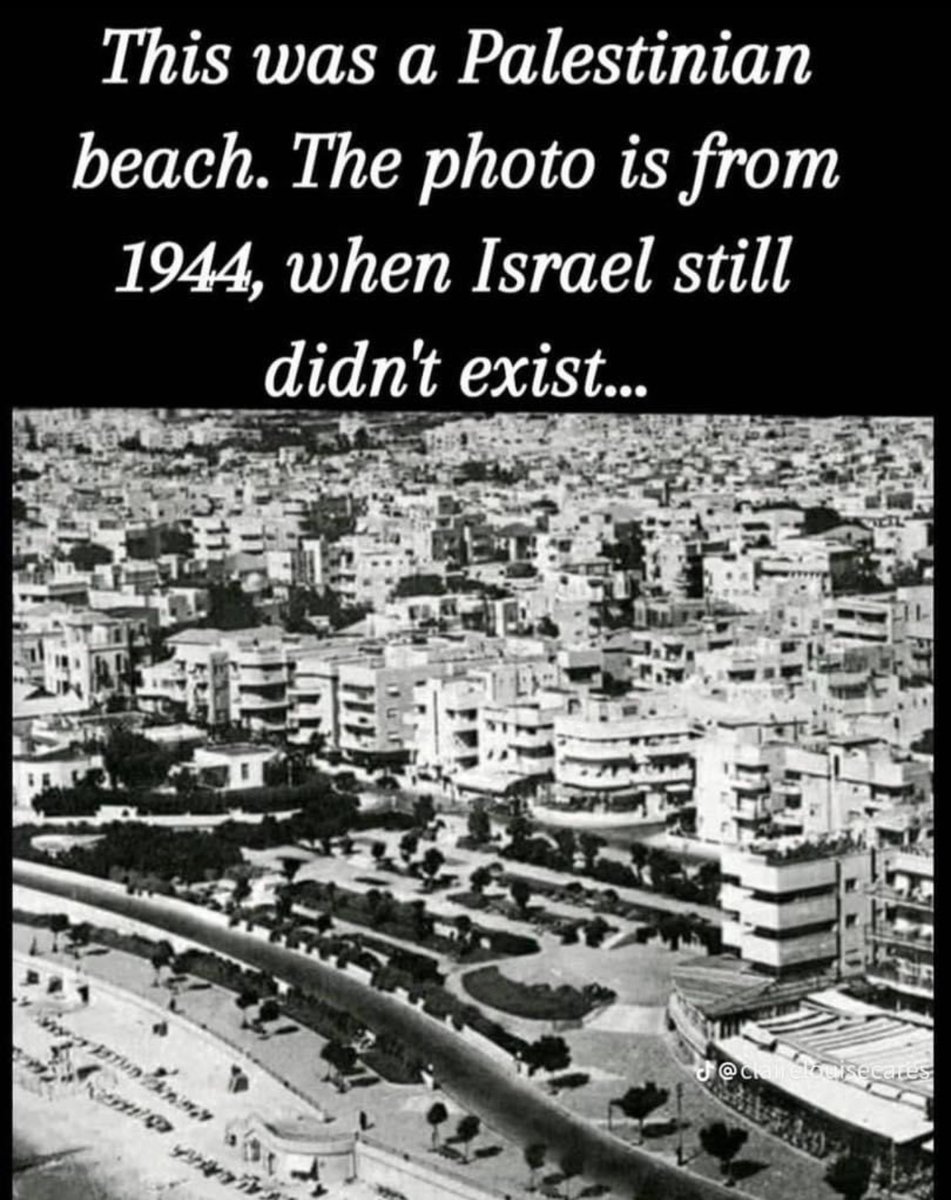Guterres: ‘…Time to End the Gaza Dehumanization’
With no aid allowed into Gaza for more than a month, the UN Secretary-General appealed on Tuesday for guaranteed humanitarian access to the enclave.
Speaking to journalists at UN Headquarters, António Guterres also repeated his call for a renewed ceasefire between Israel and Hamas, and the release of all hostages still being held inside the shattered enclave.
No food, fuel, medicine and commercial items have entered Gaza since 2 March following the Israeli blockade, and supplies are piling up at crossing points.
Meanwhile, the ceasefire announced in January following 15 months of war has collapsed, amid airstrikes, renewed ground operations and rocket launches into Israel by Palestinian militants.
‘An endless death loop’
“As aid has dried up, the floodgates of horror have re-opened,” Mr. Guterres said.
“Gaza is a killing field – and civilians are in an endless death loop.”
He noted that “certain truths are clear since the atrocious October 7 attacks by Hamas,” chiefly that ceasefires work.
The truce allowed for the release of hostages, as well as the distribution of lifesaving aid, and proved that the humanitarian community can deliver.
Shattered hope
He recalled that “for weeks, guns fell silent, obstacles were removed, looting ended – and we were able to deliver lifesaving supplies to virtually every part of the Gaza Strip,” which ended with the “shattering” of the deal.
“Hope sank for Palestinian families in Gaza and families of hostages in Israel – as I was reminded when I met again with hostage families yesterday,” he added.
For this reason, the Secretary-General has consistently been pushing for the immediate and unconditional release of all hostages, a permanent ceasefire, and full humanitarian access to the territory.
“In times like this, we must be crystal clear,” he said, noting that with crossing points shut and aid blockaded, there is no effective security and the ability to deliver assistance has been strangled.
He also cited a joint statement by UN humanitarian chiefs, issued on Monday, which refuted assertions that there is enough food in Gaza to feed everyone there.
International obligations
“We must also be clear about the obligations,” Mr. Guterres continued, emphasizing the “unequivocal obligations” of Israel, as the occupying power, in line with international law.
He pointed to the Fourth Geneva Convention, which outlines the duty to ensure food and medical supplies for the population, as well as ensuring and maintaining medical and hospital establishments and services, public health and hygiene.
Additionally, medical personnel shall be allowed to carry out their duties.
“And Article 59, paragraph 1, of the Fourth Geneva Convention provides that ‘if the whole or part of the population of an occupied territory is inadequately supplied, the Occupying Power shall agree to relief schemes on behalf of the said population, and shall facilitate them by all means at its disposal,’” he quoted.
International humanitarian law also includes the obligation to respect humanitarian relief personnel, he added, paying tribute to the “humanitarian heroes” under fire in Gaza.
Against new ‘authorization mechanisms’
While UN agencies and partners stand ready and determined to deliver, “the Israeli authorities newly proposed ‘authorization mechanisms’ for aid delivery risk further controlling and callously limiting aid down to the last calorie and grain of flour,” the Secretary-General said.
“Let me be clear: We will not participate in any arrangement that does not fully respect the humanitarian principles: humanity, impartiality, independence and neutrality.”
Mr. Guterres said unimpeded humanitarian access must be guaranteed, and humanitarian personnel must be given protection, in line with international law.
He stressed that “the inviolability of United Nations premises and assets must be respected,” and again called for an independent investigation into the killing of humanitarians, including UN personnel.
Dead end ahead
The Secretary-General concluded the briefing by underlining the need to stick to core principles. He urged UN Member States to adhere to their obligations, adding that there must be justice and accountability when they do not.
“The world may be running out of words to describe the situation in Gaza, but we will never run away from the truth,” he said.
He warned that “the current path is a dead end – totally intolerable in the eyes of international law and history,” while the risk of the occupied West Bank transforming into another Gaza makes the situation even worse.
“It is time to end the dehumanization, protect civilians, release the hostages, ensure lifesaving aid, and renew the ceasefire,” he said.

